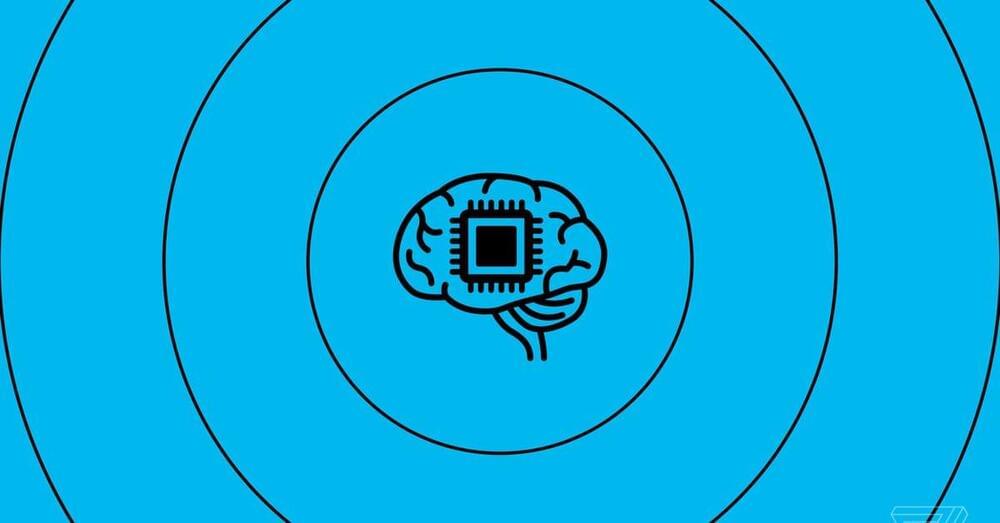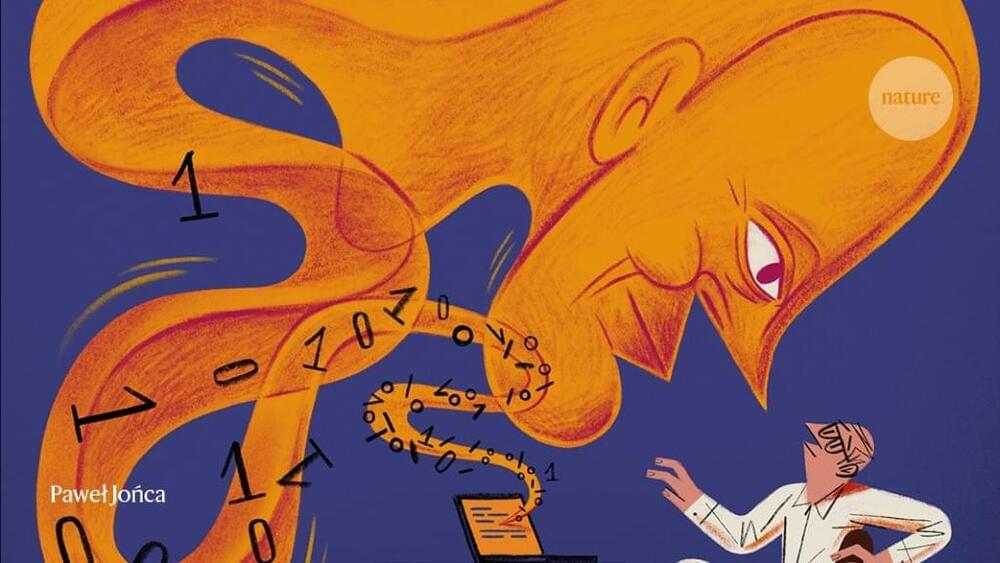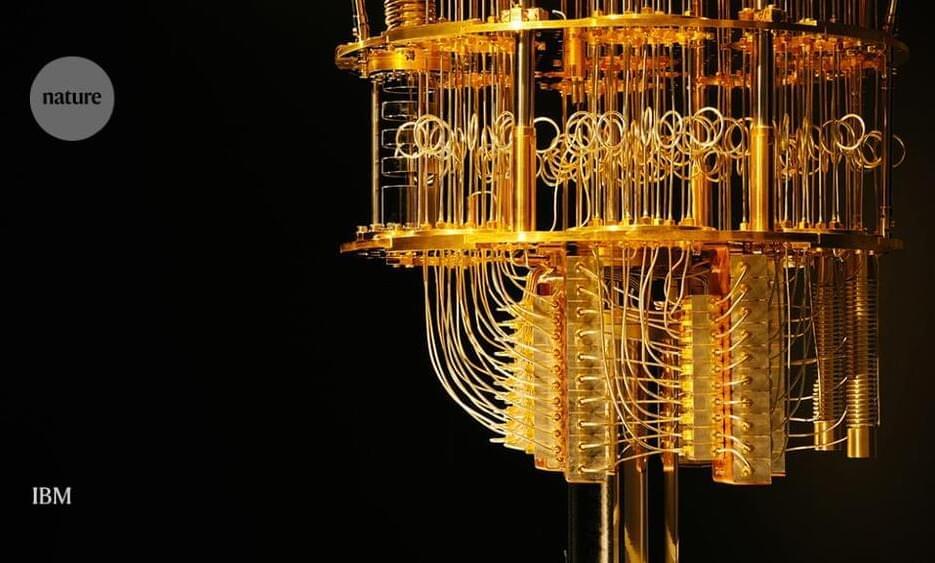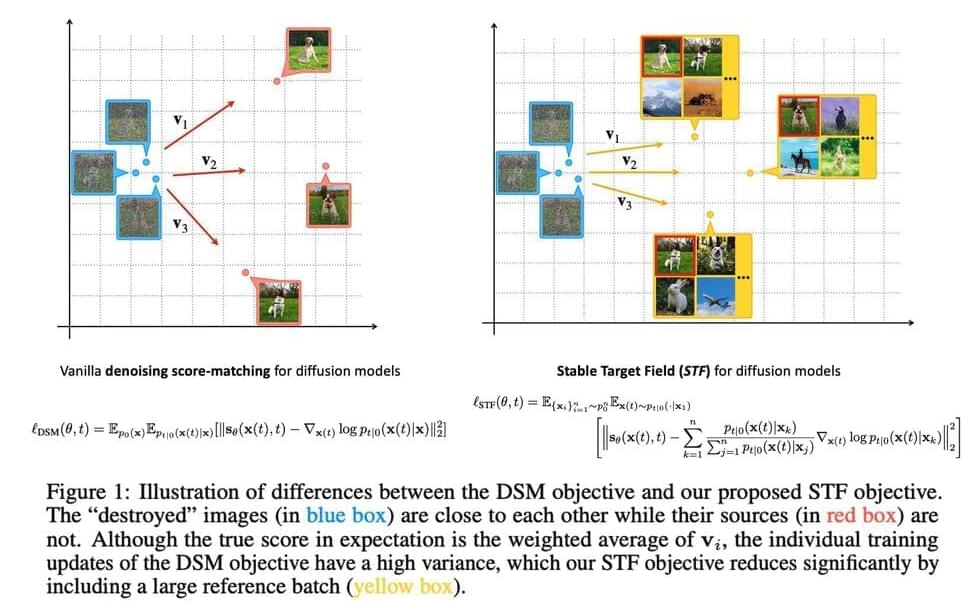Google announced today that it will enable a new SafeSearch blurring setting by default for all users in the coming months. The filter is designed to help people protect themselves and their families from inadvertently encountering explicit imagery on Search. The search giant says it’s announcing the feature today to mark Safer Internet Day.
The setting will soon be the new default for people who don’t already have the SafeSearch filter turned on. As a result, Google will blur explicit imagery if it appears in Search results. Explicit results include sexually explicit content like pornography, violence and gore. Google notes that users have the option to adjust the setting at any time. Prior to this expansion, the filter was already on by default for signed-in users under 18.
Once the setting becomes the default, Google will notify you that it has turned on SafeSearch blurring. If you come across an explicit image, you can choose to see it by clicking on the “view image” button. Or, you can select the “manage setting” button to adjust the filter or turn it off altogether. For instance, you can choose the “filter” option, which helps filter explicit images, text and links. Or, you can select the “off” option, which means that you will see all of the relevant results for your query, even if they’re explicit.









